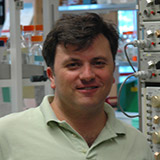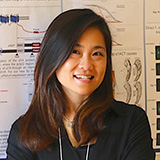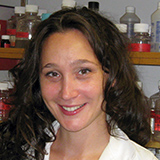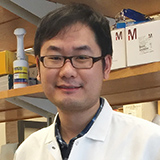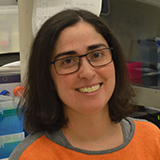Perlman, Susan, M.D.
University of California
Los Angeles, CA
Web-based National Ataxia Database The National Ataxia Registry (PI-Dr. S. Subramony; now supported by the CORDS registry), the National Ataxia Database (PI-Dr. S. Perlman), and the Ataxia Tissue Donation Program (PI-Dr. A Koeppen; now supported at individual sites) have formed the infrastructure for clinical research in the ataxic disorders. They enable ataxia researchers to notify ataxia patients of upcoming research projects, to store and analyze data from those projects, and to examine tissues from ataxia patients to find out how ataxia develops and how the body responds to it. Four prior National Ataxia Foundation grants (1/1/01-12/13/01; 01/01/04-12/31/14, 1/1/05-12/31/05, 1/1/07-12/31/07) were used to develop the web-based, National Ataxia Database. It is currently housed on the UCLA computer servers, and over the years since its development, has provided natural history database support to the UCLA Ataxia Clinic, as well as to the Ataxia Clinic at John Hopkins University. Other "ataxologists" in California, Arizona, Nevada, and Colorado have expressed interest in using it as well. It has begun to provide a platform to support and join specialists in clinical care and clinical research of ataxia. It will ultimately assist all members of the Ataxia Clinical Research Consortium in future collaborative endeavors in clinical research and in setting standards for clinical care. It is also a safe and permanent repository for clinical research data that has already been collected. The templates for the Rare Disease Network-supported CRC-SCA natural history study (PI-T. Ashizawa) are now part of the National Ataxia Database. Following the end of funding of that project, with the help of the NAF "bridge" grants for the Web-based National Ataxia Database (1/1/14-12/31/15), we were able to continue to import the existing coded data of the natural history study into the National Ataxia Database, to enable continued enrollment and follow-up of subjects in this important study of SCA 1, 2, 3, and 6. There are now 13 registered sites contributing to this project. Over 400 subjects have been enrolled and are pursing serial examinations and banking of specimens. 5 have already resulted from this resource. The National Ataxia Database will also be open for ataxia researchers to "bank" other clinical data collected, either in the individual's private data docks (not accessible to other ataxia researchers) or in data docks shared by several researchers.

